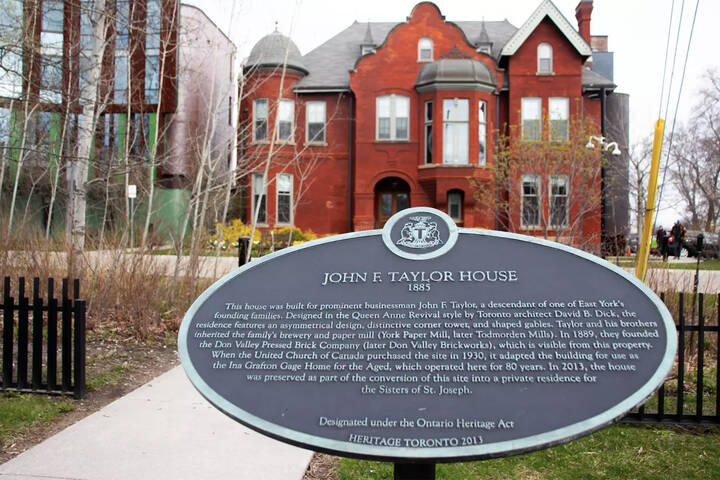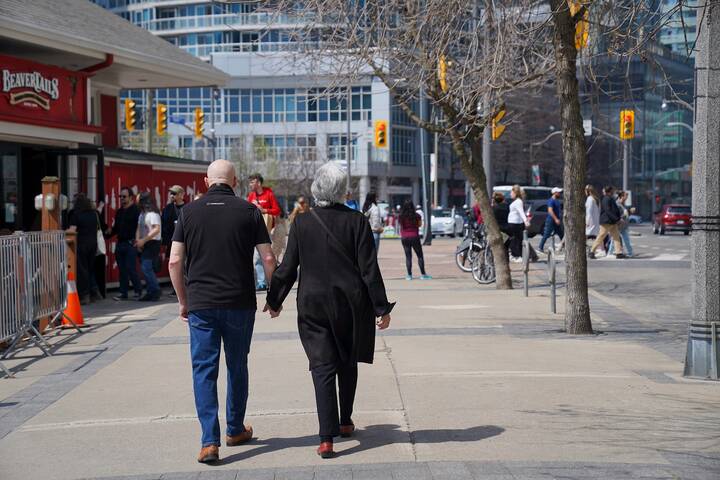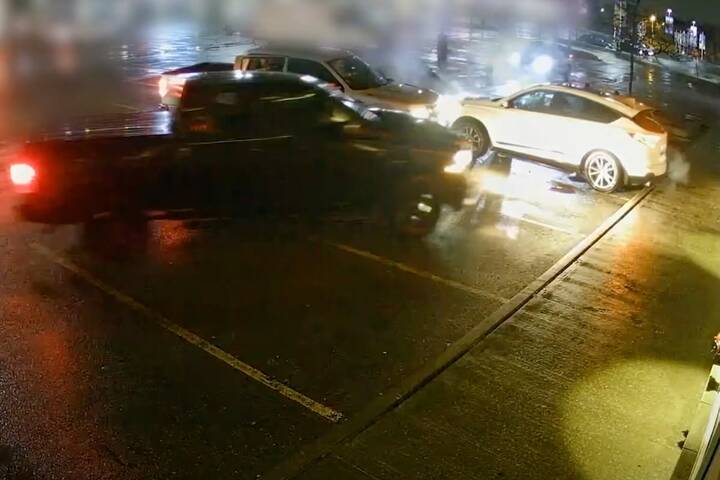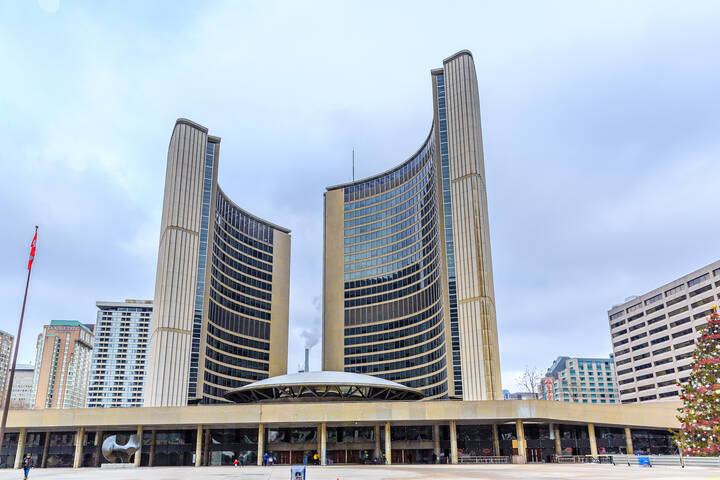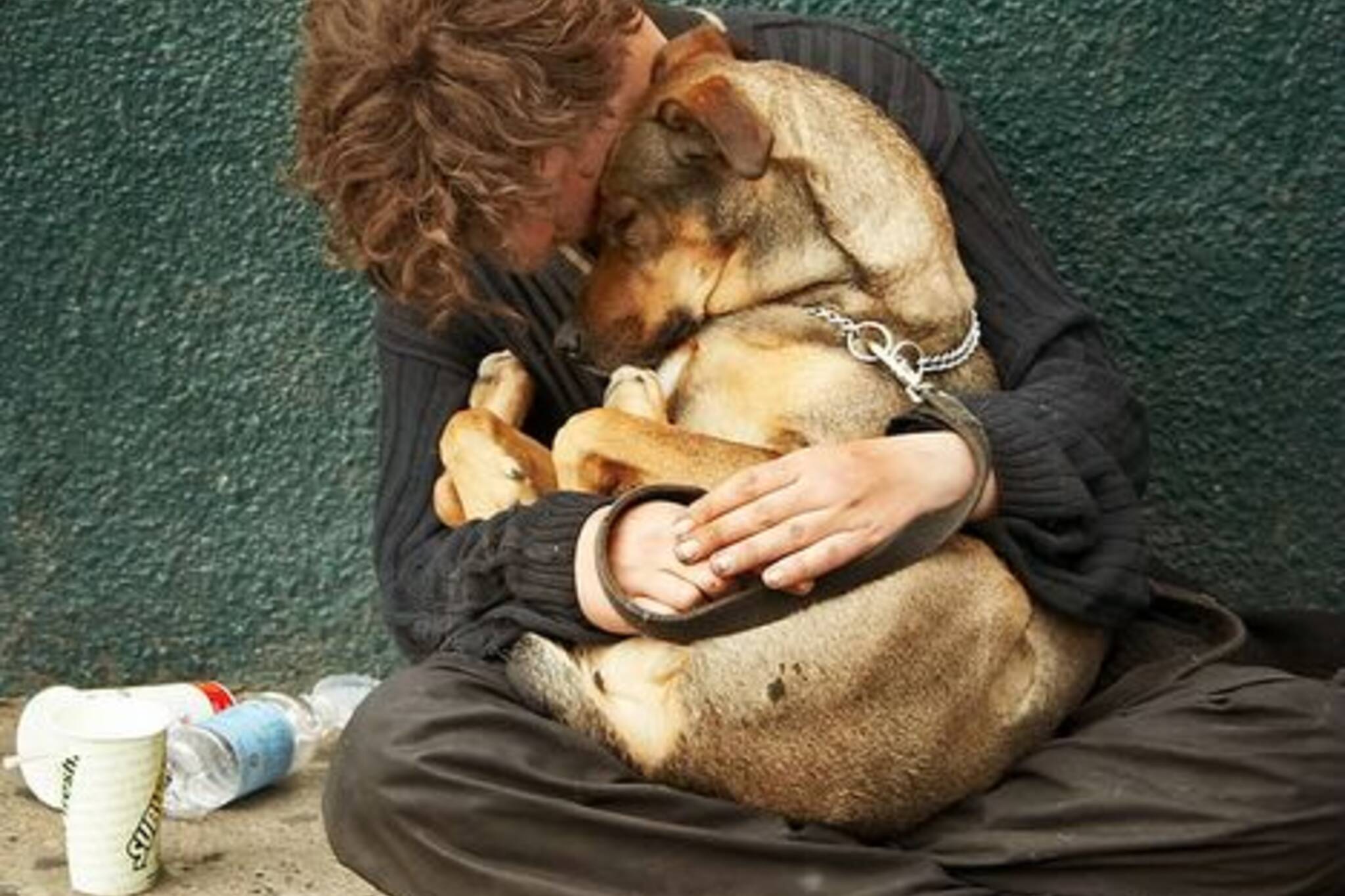
The Blueprint to End Homelessness
This afternoon, the Wellesley Institute unveiled a report that tackles the city's homeless crisis. Toronto Disaster Relief Committee co-founder Michael Shapcott has been spearheading the Blueprint to End Homeless for the past eight months.
The institute is asking all levels of government to adopt the plan to immediately move up to half the sheltered homeless into homes through an enhanced rent supplement program (which bridges the gap between what a person can afford to pay and what the landlord is asking); and fund almost 200,000 new and renovated homes in healthy, mixed-income neighbourhoods over the next decade.
"Shelters are so full now that people are getting turned away or they have to sleep on mats on the floor," says Shapcott, the principal author of the report. "A few year ago, we had an outbreak of Tuberculosis in one shelter and several people died, so it's a really serious issue."
What's interesting is that sure, it obviously costs money to achieve, however it actually costs more tax dollars to keep shelters running or stand idly by.
"It's five or six times more expensive," says Shapcott.
The combined plan will cost about $837 million for the housing strategy and moving half the shelter users into housing would cost the city $15.5 million annually, which would be offset by the expected $43 million in shelter savings.
Problem is that government money allocated to housing and shelters are separated and not easy to mix and match. There is a large $200 million pot of money from the Affordable Housing program in 2001 and 2005, which Shapcott is lobbying the province and federal government, to invest in this plan. The report also insists that 25 per cent of housing be set aside for Aboriginal people, because "although the aboriginal population of Toronto is a fraction of the general population, in the homeless population, they represent a quarter of it."
Housing properties are also deteriorating and those need to be renovated, because it will cost more to rebuild.
Another interesting point brought up in the report is the amount of work done to combat homelessness in each area, including the number of housing units built and the number of shelter beds. While each area had its unique problems, 17 of Toronto's 44 municipal wards fall below the city average in four of the six key housing, homelessness and poverty indicators.
Three wards fall below the city average in five of the six key indicators, which puts them in the "danger zone" including Ward 10: York Centre, Ward 11: York South Weston, and mayoral candidate Jane Pitfield's ward, Don Valley West. None of the wards with the worst housing and homelessness record are in the downtown of the original City of Toronto.
The Wellesley Institute will next try and see how such a plan can fit into the city's budget and take it from there.
"This is absolutely doable," says Sean McDonald of the Institute. "What's different about this plan is that it's not asking for gobs of money to throw on the issue, this is looking at what are we doing, what have we done historically and what can we learn from that going forward."
Photo by: http://wvs.topleftpixel.com/
Latest Videos
Latest Videos
Join the conversation Load comments

